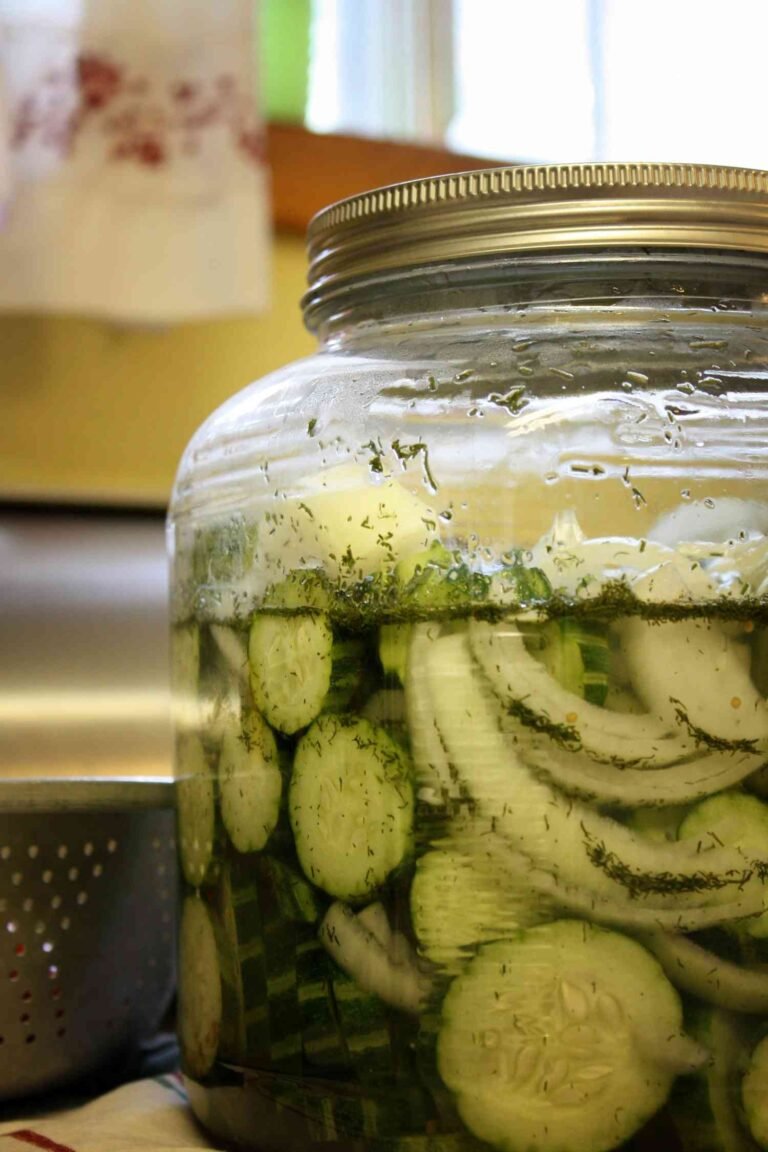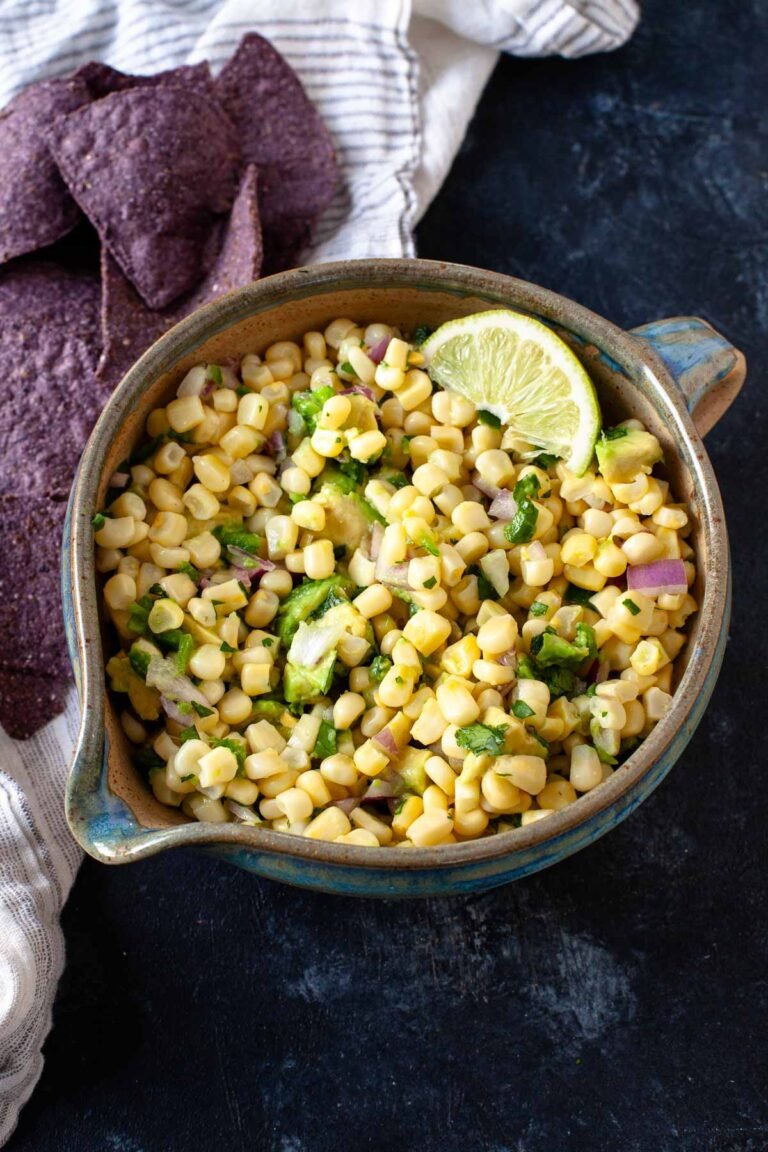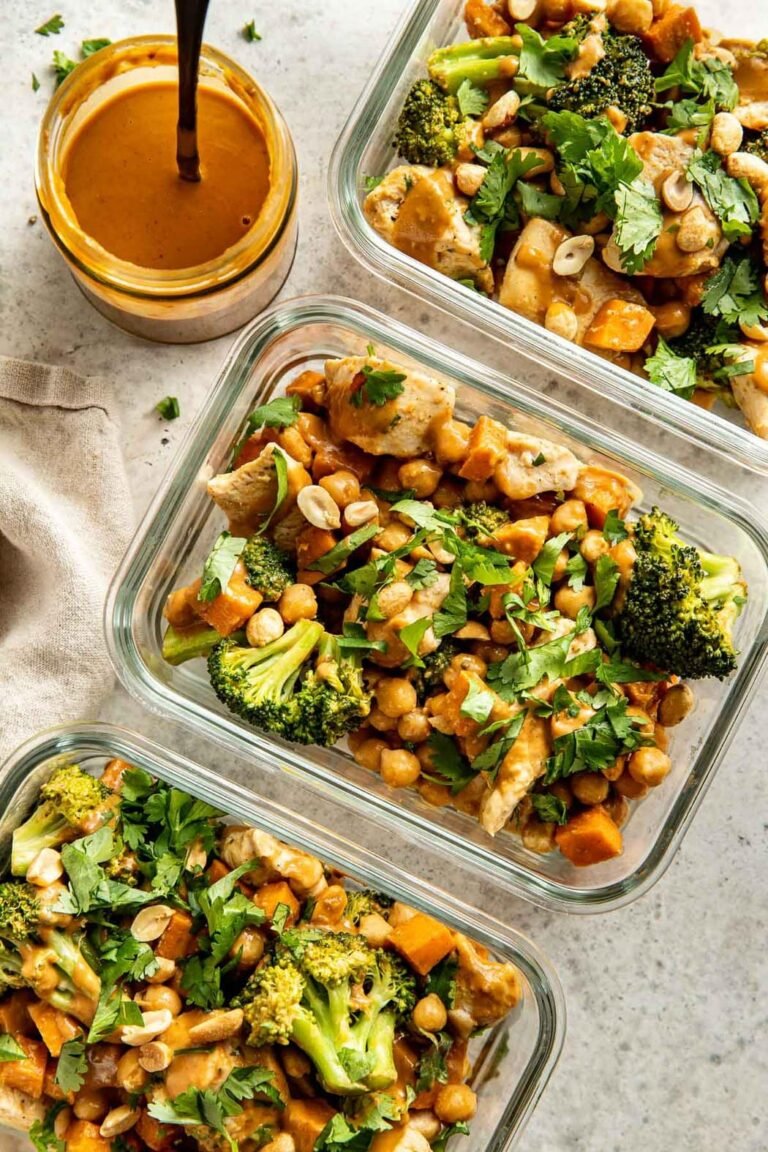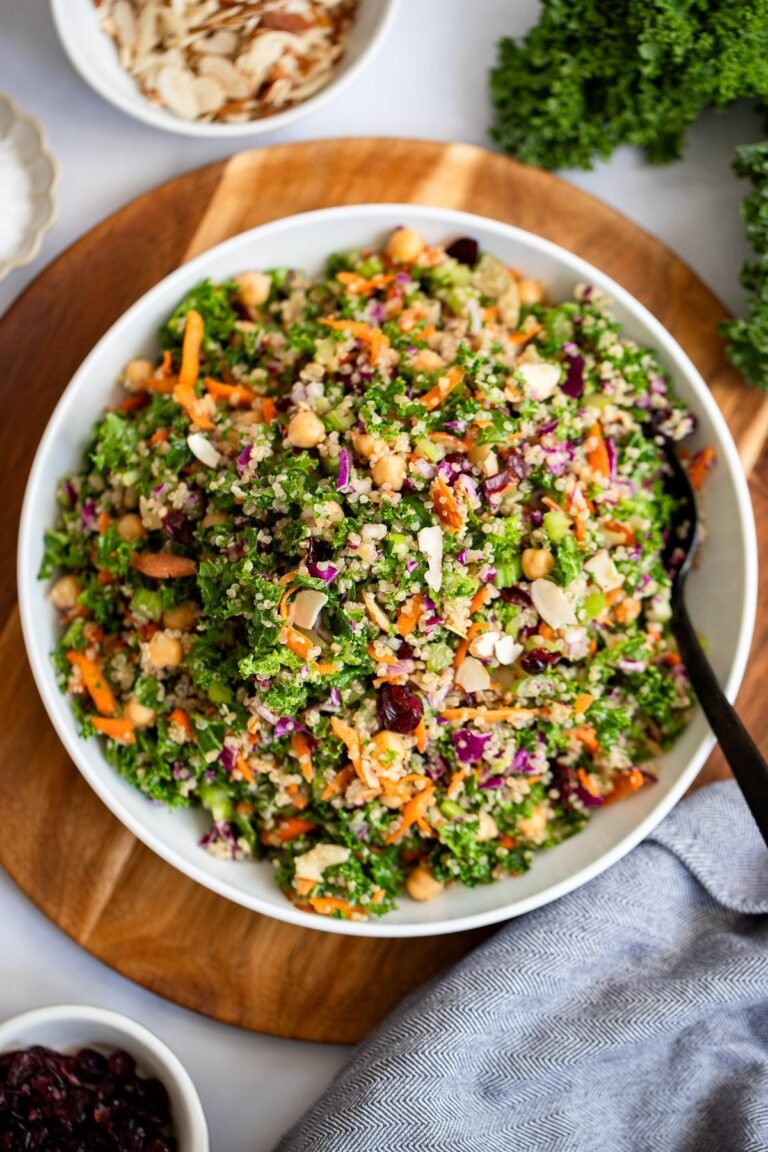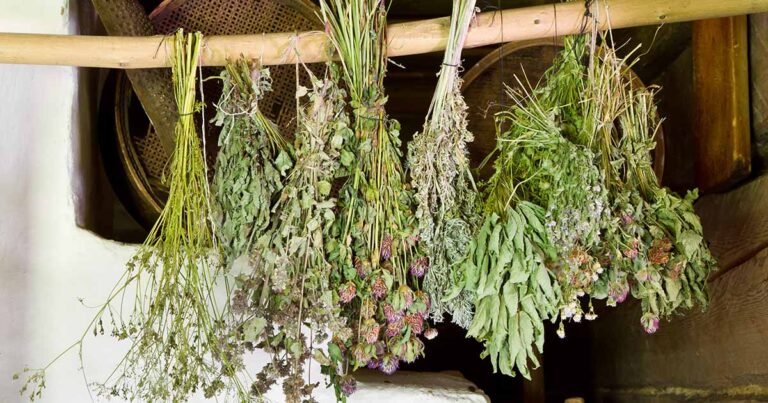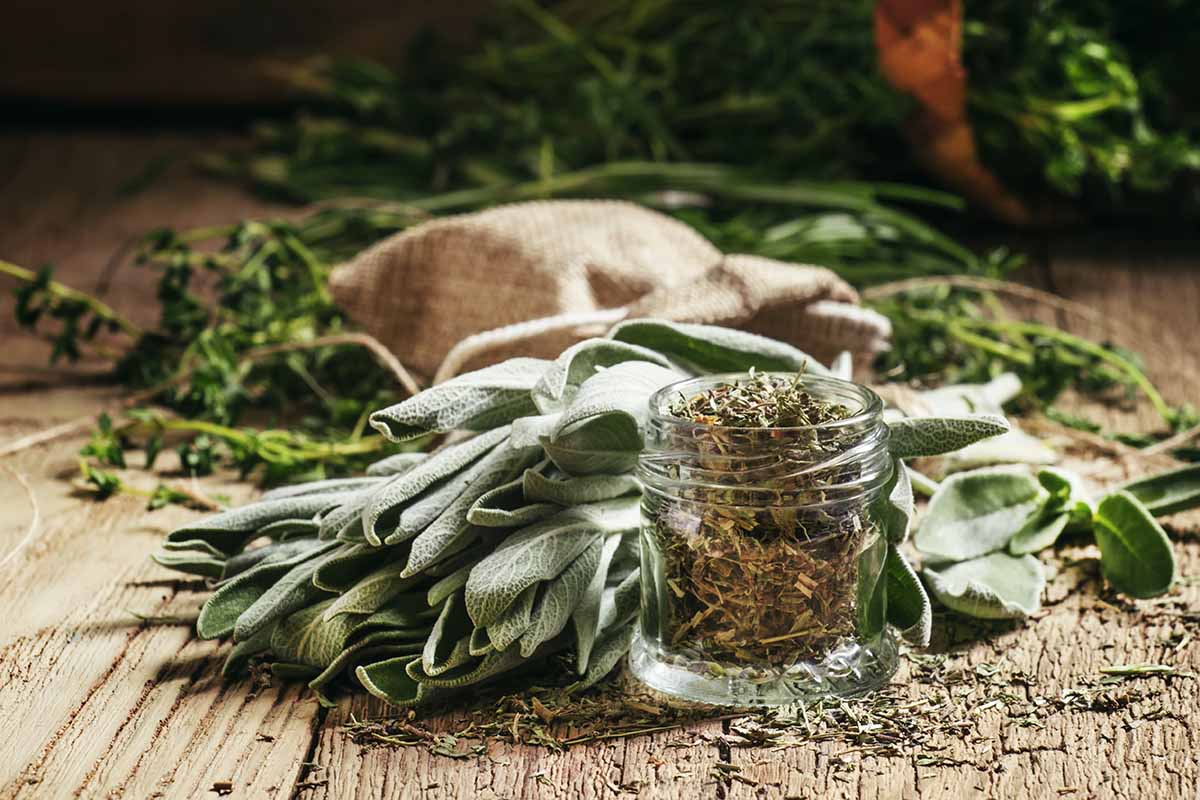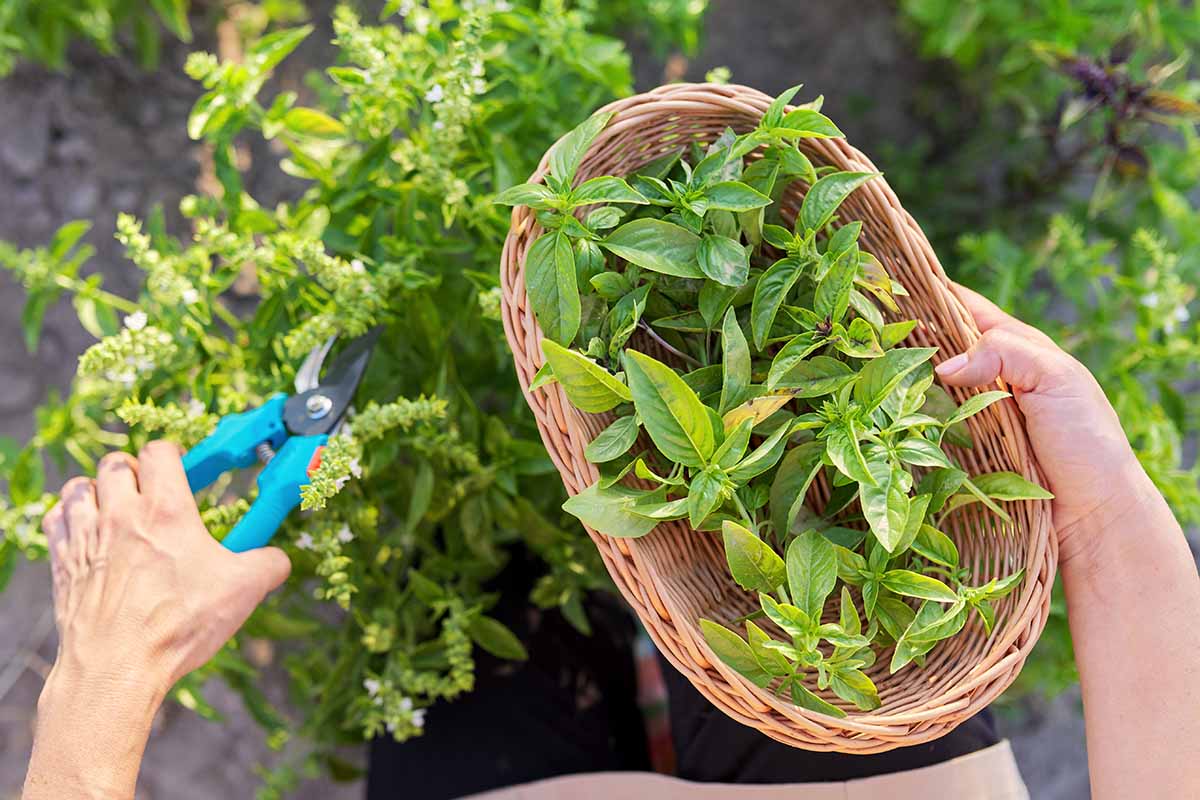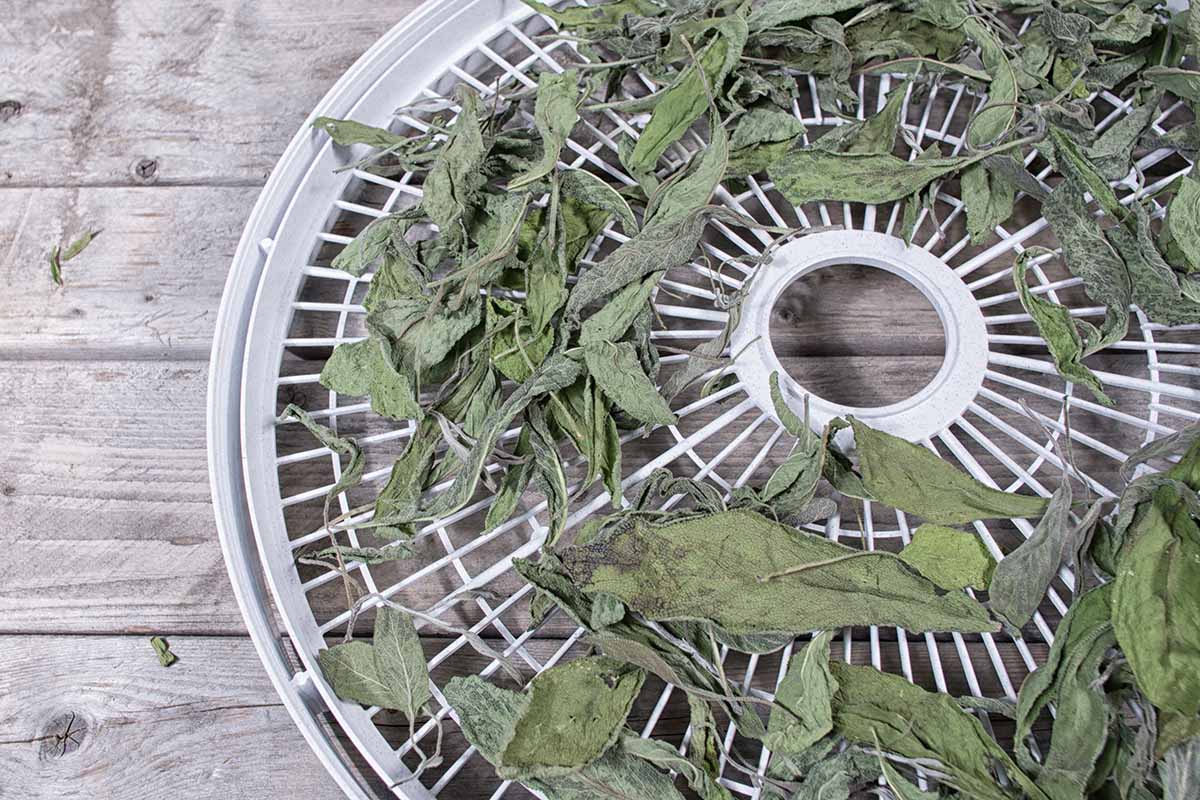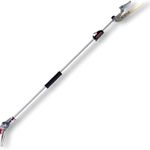When your taste buds crave for something tangy, then two slices of pickled cucumbers make your meal delightful.
Keep aside the taste; pickled cucumbers are super low in calories and great for your gut thanks to the probiotics. Plus, they’ve got a bit of vitamin K, which helps keep your bones and blood in good shape.
Pickling cucumbers last for months in the fridge, especially if they’re stored in a sealed jar. That long shelf life means you always have a tasty, gut-friendly snack ready to go.
No preservatives are added in this recipe as the vinegar and salt create a naturally acidic environment that safely preserves the vegetables and keeps them fresh for weeks.
The recipe I’ll share below is one of the easiest and most satisfying ways to preserve the fresh crunch of summer produce. With vinegar, sugar, salt, and cucumbers, you can make zesty pickles perfect for snacks or meals.
Unlike traditional canning methods, this technique doesn’t require specialized equipment or long boiling times.
Instead, you’ll make simple brine, pour it over the cucumbers, and let time do the rest.

Ingredients for Pickled Cucumbers
This recipe yields approximately 2 to 3 pint-sized jars of pickles, depending on how tightly you pack the cucumbers and what size you cut them.
Main Ingredients:
- 4 to 5 small cucumbers (Kirby cucumbers are ideal for pickling due to their firmness and size)
- 1 medium onion, thinly sliced (optional, adds a sweet-savory layer of flavor)
For the Pickling Brine:
- 1 cup white distilled vinegar (with 5% acidity for proper preservation)
- 1/2 cup water
- 1/2 to 3/4 cup granulated white sugar (adjust depending on desired sweetness)
- 1 tablespoon pickling salt or kosher salt (avoid table salt with additives)
Optional Flavorings:
- 1 teaspoon mustard seeds
- 1/2 teaspoon celery seeds
- 1/2 teaspoon ground turmeric (adds color and mild flavor)
- 1/2 teaspoon crushed red pepper flakes (for a spicy kick)
- 3 cloves garlic, peeled and lightly smashed
- Fresh dill sprigs, bay leaves, or ginger slices for added aroma and depth
Step 1: Prepare the Cucumbers
Start by thoroughly washing the cucumbers to remove any dirt or wax. Dry them completely with a clean towel. Next, decide on your preferred pickle shape. You can cut them into thin rounds for sandwich chips, thicker coins for snacking, or lengthwise spears for a classic pickle shape.
If you’re using onions, slice them thinly and set them aside.
Tip: For crisper pickles, soak the sliced cucumbers in a bowl of ice water for 1 to 2 hours before pickling. Drain and pat them dry before packing into jars.
Step 2: Make the Pickling Brine
In a medium saucepan, combine the vinegar, water, sugar, and salt. Add any spices or aromatics you’re using—mustard seeds, garlic, turmeric, and red pepper flakes all enhance the flavor.
Place the pan over medium heat and stir the mixture until the sugar and salt dissolve completely.
Once the brine begins to simmer and is fully blended, remove it from the heat and allow it to cool slightly.
You don’t want it to be boiling hot when pouring over the cucumbers, as this can soften them too much.
Step 3: Pack the Jars
Using clean, sterilized glass jars (pint-sized mason jars work perfectly), pack in the cucumber slices. You can alternate layers of cucumber and onion for an attractive presentation and well-balanced flavor.
Pour the warm brine over the cucumbers, making sure they are fully submerged. Leave about 1/2 inch of space at the top of the jar. Tap the jars gently on the counter to release any trapped air bubbles.
Wipe the rims clean with a damp cloth and screw on the lids tightly.
Step 4: Let the Pickles Cure
Allow the jars to cool to room temperature before placing them in the refrigerator. These are quick pickles, also called refrigerator pickles, and they do not require boiling water canning.
For best results, let the cucumbers sit in the fridge for at least 24 hours before tasting.
The flavor will continue to develop over the next few days, becoming more complex and well-rounded. The pickles will keep in the refrigerator for up to 3 to 4 weeks.


Flavor Variations to Try
Pickling is a highly customizable process. Try some of these ideas to make your pickles unique:
- Sweet and Dill: Add several sprigs of fresh dill to each jar for a fresh, herbaceous touch.
- Spicy-Sweet Pickles: Increase the red pepper flakes or add a sliced fresh jalapeño to the brine.
- Zesty Onion Pickles: Use red onion instead of white for a sharper, more colorful twist.
- Garlic Lovers: Add extra garlic cloves to intensify the savory bite.
- Ginger Infused: Add a few slices of fresh ginger for a sweet-spicy Asian-inspired variation.
Tips for Success
- Always use non-reactive cookware such as stainless steel, glass, or ceramic when making the brine. Aluminum can react with vinegar and alter the flavor.
- If storing pickles longer term, always keep them refrigerated and use a clean fork each time to avoid introducing bacteria.
- For extra crispness, you can experiment by adding a grape leaf, horseradish leaf, or a pinch of alum—traditional methods for maintaining crunch.
- Label your jars with the date you made them so you know how long they’ve been curing.
Conclusion
Making homemade pickles with vinegar and sugar is a wonderfully simple kitchen project that yields flavorful, crunchy results. Whether you’re new to pickling or looking for a fresh variation on a classic recipe, this method offers a versatile base for countless flavor profiles.
Once you’ve mastered this version, feel free to experiment with other vegetables like carrots, radishes, or green beans. Pickling is part science, part art—and all delicious.


Khaja Moinuddin, a computer science graduate, finds joy in gardening and homesteading. Join him on this blog as he shares his experiences in homesteading, gardening, and composting


